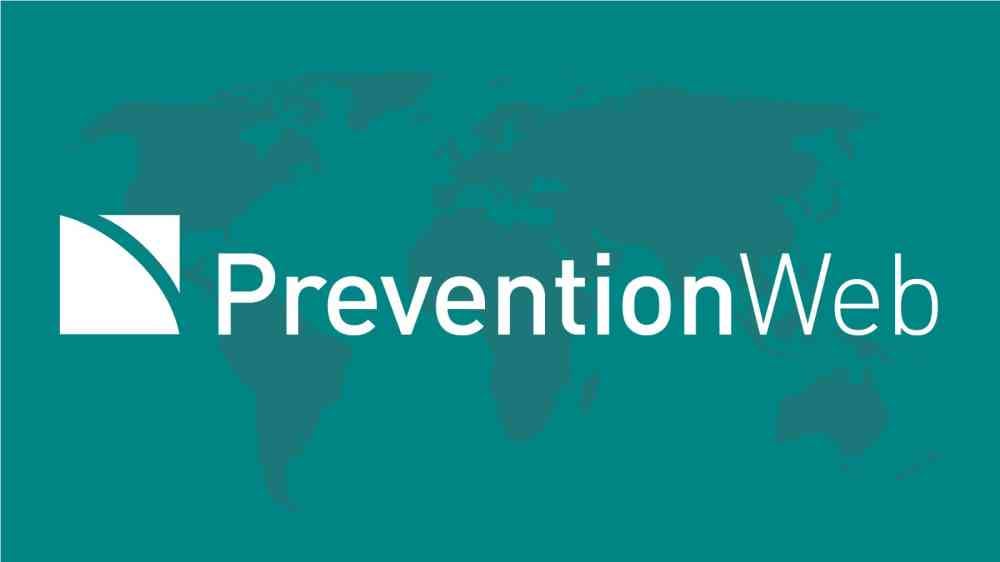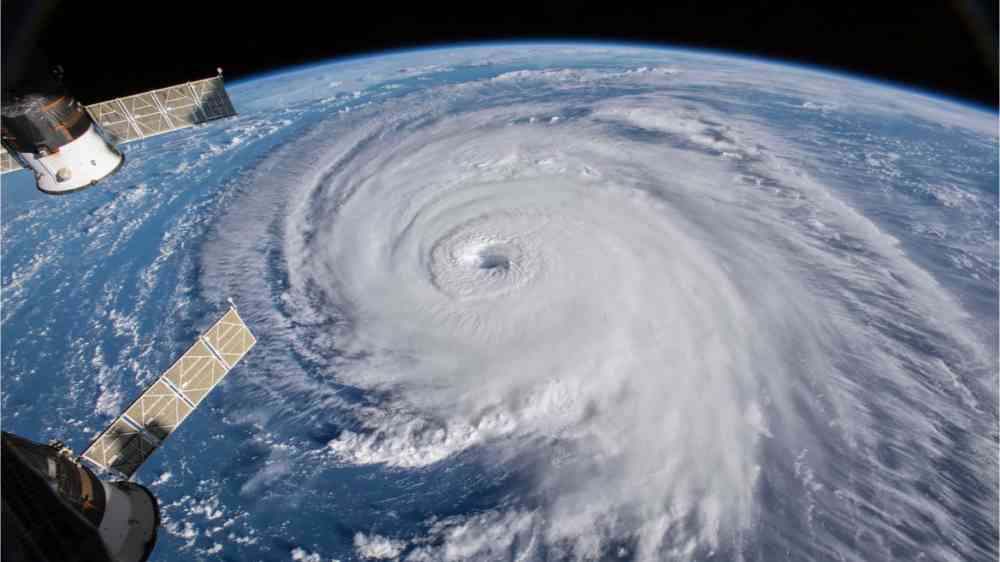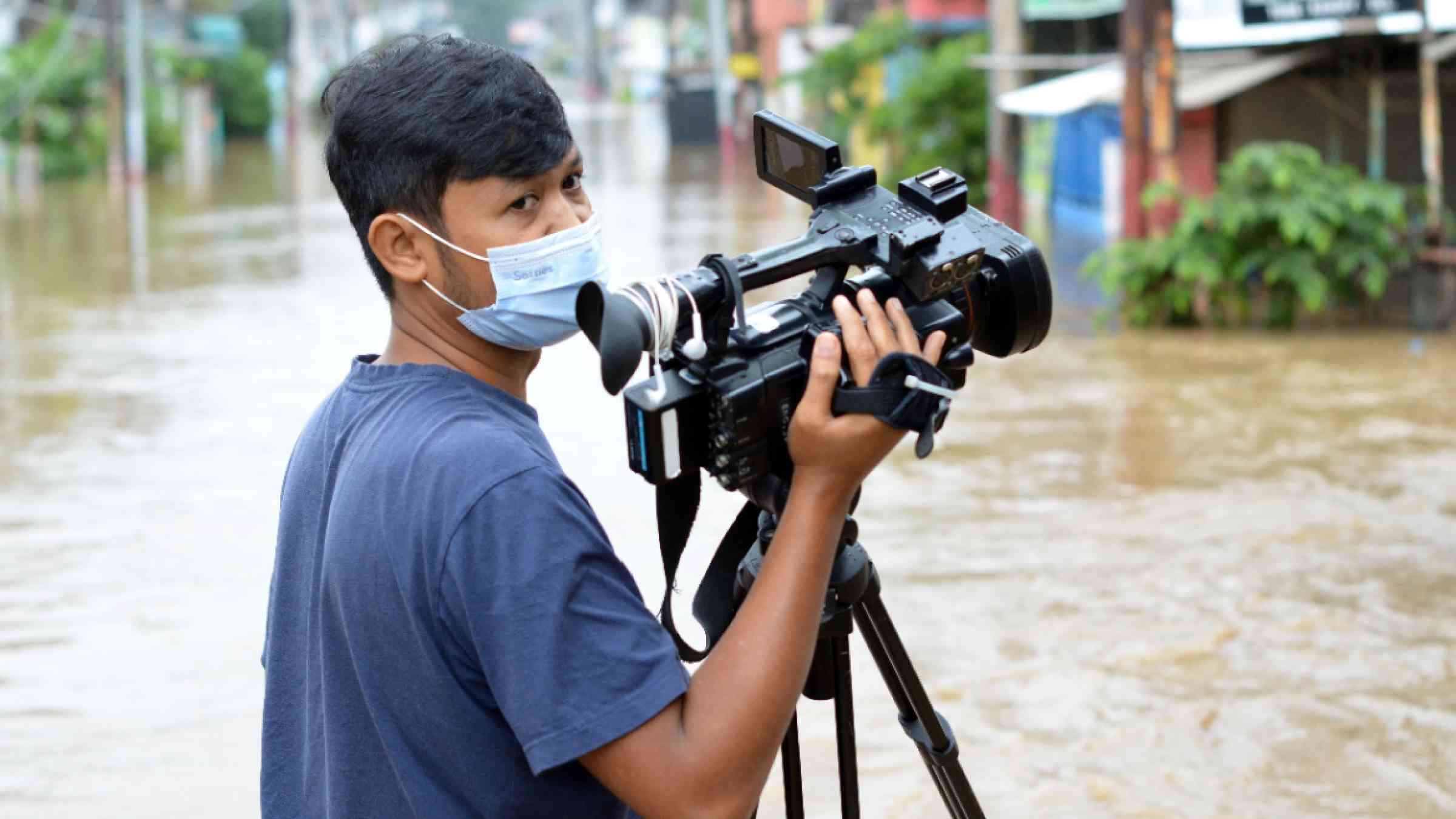Risk Media Hub
A toolkit for news media professionals reporting on disasters and resilience
As climate risks are manifesting far sooner and with greater intensity than expected, never before has mankind faced such an array of interconnected risks.
The toolkit provides an array of resources to help journalists tell the other side of the disaster story and raise critical questions to help societies become more resilient: What are the drivers of risk? How can development and policy decisions either increase or reduce risks? How do disaster risks cascade across borders and all sectors of society? Why do disasters discriminate and inflict the worst impact on the most vulnerable? And most importantly: How can countries and communities reduce risk and build resilience?
Disaster risk in the news
Follow the latest research and trends on disaster risk and learn about projects and solutions across the world to reduce risk and increase resilience.
Explore PreventionWeb's extensive knowledge base. Get updates in your inbox.
Why report on disaster risk?

Tools and resources

Understanding disaster risk


Media resources
View our selection of resources and guidance for media covering disaster risk.
Further resources




Hazards do not have to turn into disasters.
To break the vicious cycle of "Disaster, respond, recover, repeat.", we need a better understanding of disaster risk, in all its dimensions.







